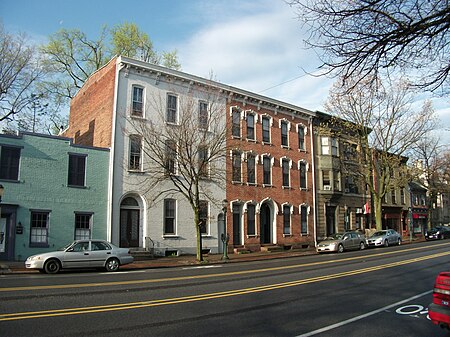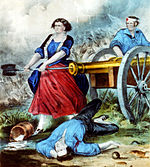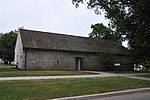Carlisle, Pennsylvania

Carlisle is a borough in and the county seat of Cumberland County, Pennsylvania, United States. Carlisle is located within the Cumberland Valley, a highly productive agricultural region. As of the 2020 census, the borough population was 20,118; including suburbs in the neighboring townships, 37,695 live in the Carlisle urban cluster. Carlisle is the smaller principal city of the Harrisburg–Carlisle metropolitan statistical area, which includes Cumberland and Dauphin and Perry counties in South Central Pennsylvania. The U.S. Army War College, located at Carlisle Barracks, prepares high-level military personnel and civilians for strategic leadership responsibilities. Carlisle Barracks ranks among the oldest U.S. Army installations and the most senior military educational institution in the United States Army. Carlisle Barracks is home of the United States Army Heritage and Education Center, an archives and museum complex open to the public. Carlisle also hosts Penn State Dickinson School of Law and Dickinson College.
Excerpt from the Wikipedia article Carlisle, Pennsylvania (License: CC BY-SA 3.0, Authors, Images).Carlisle, Pennsylvania
South West Street,
Geographical coordinates (GPS) Address Phone number Website Nearby Places Show on map
Geographical coordinates (GPS)
| Latitude | Longitude |
|---|---|
| N 40.2025 ° | E -77.195 ° |
Address
Dickinson College
South West Street
17030
Pennsylvania, United States
Open on Google Maps





